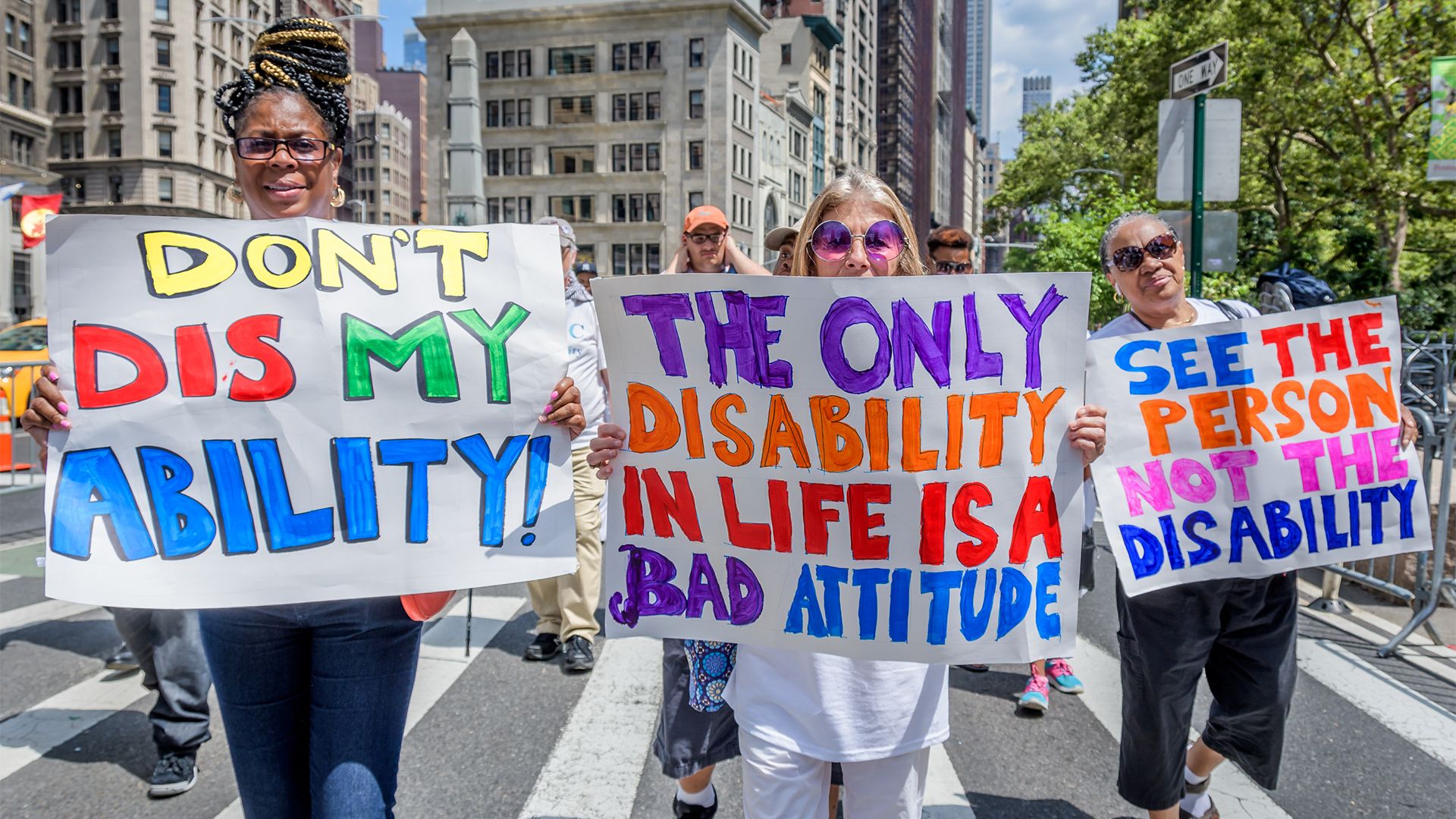
""Knowing what I know now, I was disabled, I just didn't identify with the label," she tells ITPro. "I didn't know what it was, and I didn't understand disability culture, and I didn't understand disability pride, and it wasn't until I got a neuromuscular disease that paralyzed me from the waist down that I started to recognize that there's more people out there who have shared experiences. And it doesn't have to be a bad thing.""
"And yet, much like for other marginalized groups, there are efforts to celebrate. July marked Disability Pride Month, an initiative with formal origins that can be traced back to early 1990's Boston. The month has a flag - that has been designed multiple times due to changing access requirements - it has an origin story deeply connected with intersectional advocacy, and it has a growing number of supporters inside and out of the tech sector."
Disability pride faces historical vitriol and discrimination but has grown through organized celebration like Disability Pride Month, which began in early 1990s Boston. The month includes a flag redesigned for evolving access needs and a history tied to intersectional advocacy, with rising support in and beyond tech. Personal identity recognition can come later in life; Amy Lomellini only embraced the disabled label after a neuromuscular disease paralyzed her from the waist down, leading to recognition of shared experiences. Disabled people in academia confront toxic productivity cultures, opaque accommodation practices, and assumptions about intellectual labor. Digital learning platforms enabled access and redirected career paths.
Read at IT Pro
Unable to calculate read time
Collection
[
|
...
]